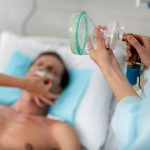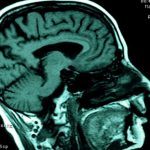
The arthritis drug tocilizumab doesn’t help hospital patients with severe COVID-19, according to a new study that contradicts earlier research suggesting that it might aid recovery. In fact, patients receiving tocilizumab had a higher risk of death, so the trial was halted early. Tocilizumab blocks a part of the immune system (interleukin 6) that can become overactive in some COVID-19 patients, and it was thought that the drug might help reduce inflammatory responses in patients. That theory was tested in this study, which included 129 adult COVID-19 patients, average age 57, at nine hospitals in Brazil. They had abnormal levels of at least two inflammation-related compounds in their blood and were receiving supplemental oxygen or mechanical ventilation. The patients were randomly selected to receive either tocilizumab plus standard care (65) or standard care alone (64). After 15 days, 18 (28%) of the patients in the tocilizumab group and 13 (20%) of those in the standard care group were on mechanical ventilation or had died. Eleven (17%) of the patients in the tocilizumab group died, compared with 2 (3%) in the standard care group. Due to the much higher death rate in the tocilizumab group, the trial was stopped early. In both groups of patients, deaths were due to COVID-19-related acute respiratory failure or multiple organ dysfunction. The findings were published Jan. 20 in the BMJ… read on > read on >























-300x200.jpg)










